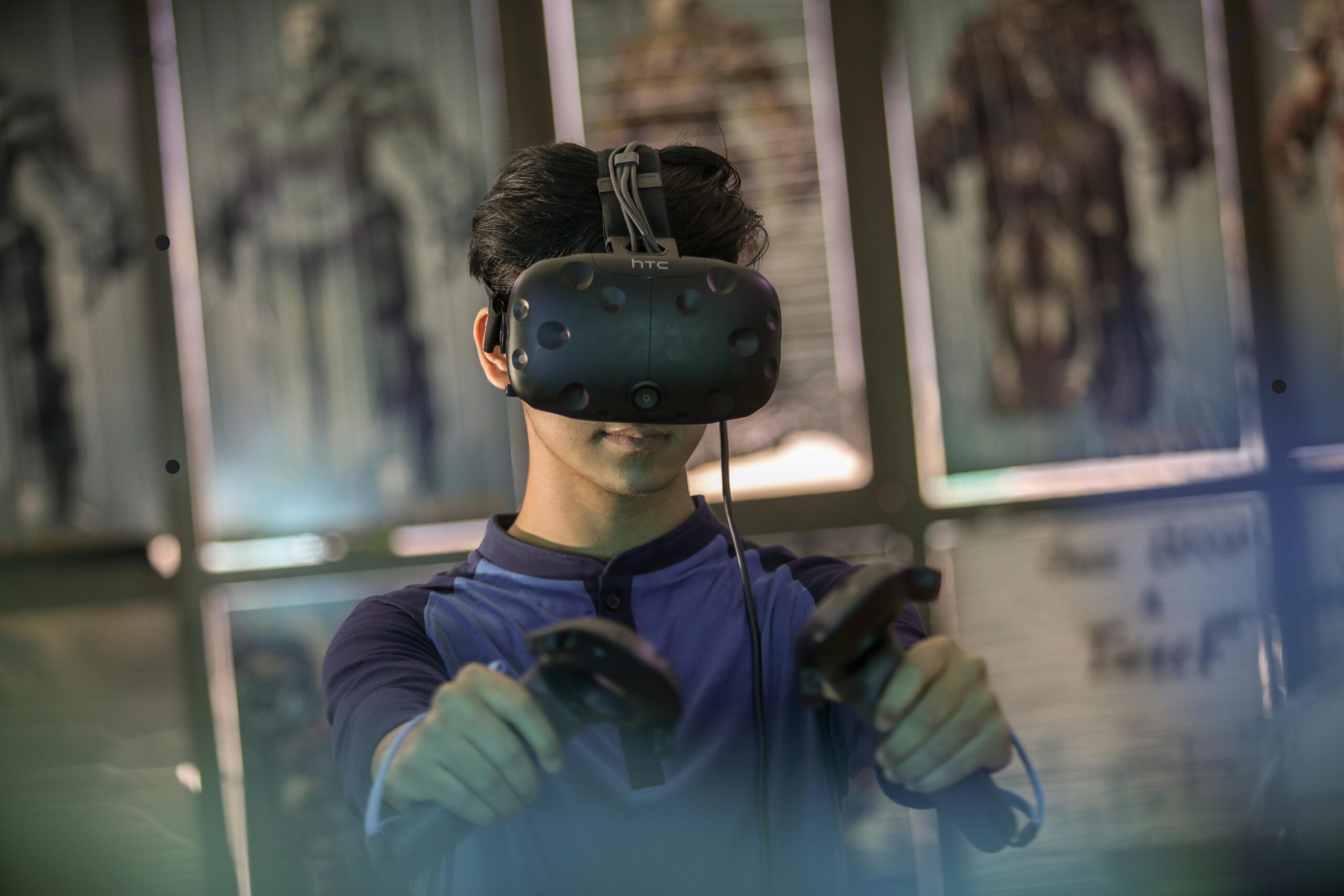In today’s fast-paced digital landscape, the retail industry is undergoing a significant transformation, largely driven by innovative technologies. Among these, Augmented Reality (AR) stands out as a game-changer, revolutionizing how retailers engage with customers. “Augmented Reality: Transforming Customer Experience in Retail” is no longer just a futuristic concept; it is a present-day reality reshaping the shopping experience.
The Impact of Augmented Reality on Retail
Enhanced Product Visualization
One of the most compelling applications of AR in retail is enhanced product visualization. Customers can now see how products will look in their homes or on themselves before making a purchase. This immersive experience not only increases customer satisfaction but also reduces return rates. For instance, furniture retailers like IKEA have developed AR apps that allow customers to visualize how a piece of furniture will fit and look in their living space.
Interactive and Engaging Shopping Experiences
Augmented Reality is transforming customer experience in retail by making shopping more interactive and engaging. Traditional static displays are being replaced by dynamic AR experiences that captivate customers. For example, beauty retailers such as Sephora offer AR mirrors that allow customers to try on makeup virtually. This not only enhances the shopping experience but also helps customers make more informed decisions.
Personalization and Customization
AR enables a high level of personalization and customization, which is crucial for modern consumers. Retailers can use AR to provide personalized recommendations based on individual preferences and behaviors. This tailored approach can significantly boost customer loyalty and conversion rates. Clothing retailers, for example, use AR to create virtual fitting rooms where customers can try on different outfits without physically changing clothes.
How Augmented Reality is Shaping the Future of Retail
Bridging the Gap Between Online and Offline Shopping
One of the significant challenges in retail has been bridging the gap between online and offline shopping experiences. Augmented Reality is playing a crucial role in addressing this issue. By integrating AR into their e-commerce platforms, retailers can offer an in-store experience to online shoppers. This not only enhances the customer experience but also helps in retaining customers who prefer the convenience of online shopping but miss the tactile experience of physical stores.
Driving Sales and Improving ROI
The implementation of AR in retail is proving to be a powerful tool for driving sales and improving return on investment (ROI). Studies have shown that AR can increase conversion rates and average order value. This is because AR provides customers with a more comprehensive understanding of the product, leading to increased confidence in their purchase decisions. Retailers investing in AR technology are seeing a tangible return in terms of higher sales and customer satisfaction.
Enhancing Brand Perception and Engagement
Augmented Reality is also a potent tool for enhancing brand perception and engagement. Brands that adopt AR are seen as innovative and forward-thinking, which can attract a tech-savvy customer base. Moreover, AR experiences are highly shareable, leading to increased brand visibility and engagement on social media platforms. Retailers that successfully integrate AR into their marketing strategies are likely to see a boost in brand loyalty and customer retention.
Challenges and Considerations in Implementing Augmented Reality
Technical Limitations and Costs
While AR offers numerous benefits, there are challenges and considerations that retailers must address. Technical limitations and costs are significant factors. Developing and maintaining AR applications require substantial investment in technology and skilled personnel. Additionally, not all consumers have access to the necessary hardware, such as AR-enabled smartphones or tablets, which can limit the reach of AR initiatives.
Privacy and Security Concerns
Privacy and security are critical considerations in the implementation of AR in retail. Collecting and using customer data to provide personalized AR experiences must be done with stringent adherence to data protection regulations. Retailers need to ensure that their AR solutions are secure and that customer data is handled responsibly to build and maintain trust.
Ensuring Seamless Integration
For AR to be effective, it must be seamlessly integrated into the overall customer journey. This requires careful planning and execution. Retailers need to ensure that AR experiences are intuitive and enhance rather than disrupt the shopping experience. Collaboration between different departments, such as marketing, IT, and customer service, is essential to create a cohesive AR strategy.
Conclusion
Augmented Reality is transforming customer experience in retail in profound ways. From enhancing product visualization to providing interactive and engaging shopping experiences, AR is revolutionizing the way customers interact with brands. As retailers continue to adopt and integrate AR into their strategies, the future of retail looks set to become more immersive, personalized, and customer-centric. Embracing AR technology not only provides a competitive edge but also sets the foundation for sustained growth and innovation in the retail industry.
FAQ
What is Augmented Reality (AR)?
Augmented Reality (AR) is a technology that overlays digital information, such as images, videos, and sounds, onto the real world. This creates an enhanced version of reality where digital and physical elements coexist.
How is Augmented Reality used in retail?
AR is used in retail to enhance product visualization, create interactive shopping experiences, and provide personalized recommendations. It allows customers to see how products will look in their environment or on themselves before making a purchase.
What are the benefits of AR for retailers?
The benefits of AR for retailers include increased customer engagement, higher conversion rates, reduced return rates, and improved brand perception. AR also helps bridge the gap between online and offline shopping experiences.
What challenges do retailers face when implementing AR?
Retailers face challenges such as technical limitations, high costs, privacy and security concerns, and the need for seamless integration into the customer journey. Addressing these challenges requires careful planning and investment.
Is AR technology expensive to implement?
Implementing AR technology can be expensive due to the need for advanced hardware, software development, and skilled personnel. However, the potential return on investment through increased sales and customer satisfaction can justify the initial costs.
How does AR improve the customer shopping experience?
AR improves the customer shopping experience by making it more interactive, engaging, and personalized. It allows customers to visualize products in their environment, try on virtual items, and receive tailored recommendations, leading to more informed purchase decisions.



